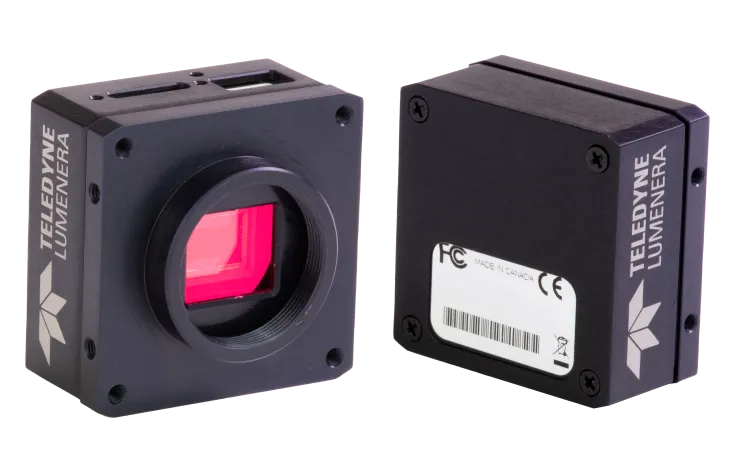
Semiconductor solutions supplier
Designed for sensor fusion, gateway and advanced chassis system applications, the modules combine functional technology, security technology and vehicle control network technology on a single chip to deliver an all-in-one solution for driver assistance systems.
The device has a full complement of functions to support functional safety and comply with ASIL D (Note 1), the highest safety level stipulated in the ISO 26262 functional safety standard for road vehicles. It is also equipped with fault diagnostic functions ideal for automotive applications and integrates a new hardware security module with a co-processor supporting data encryption and random number generation to address security requirements.







